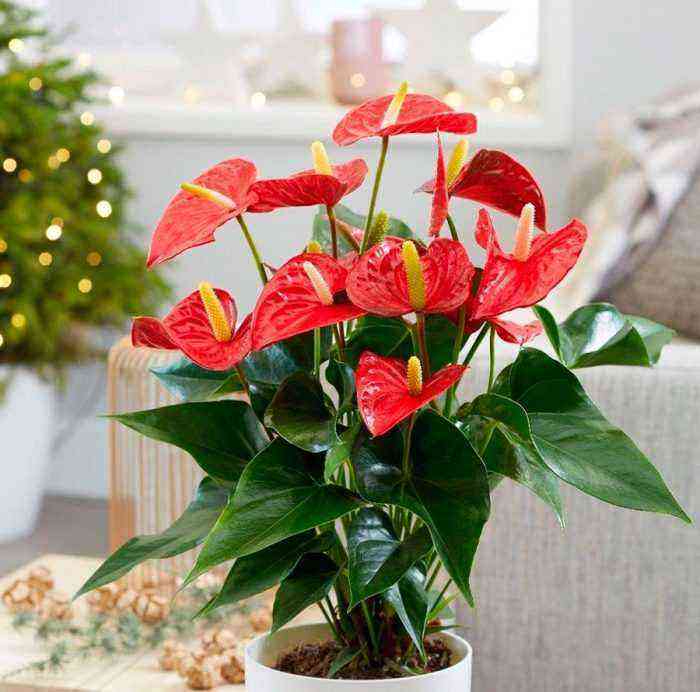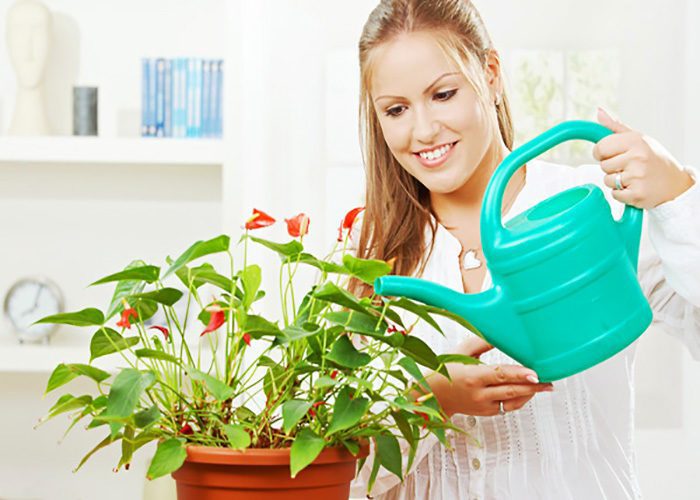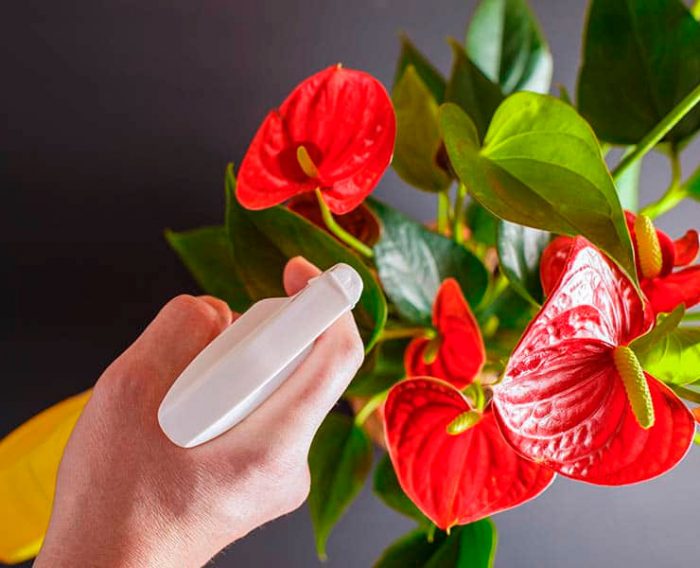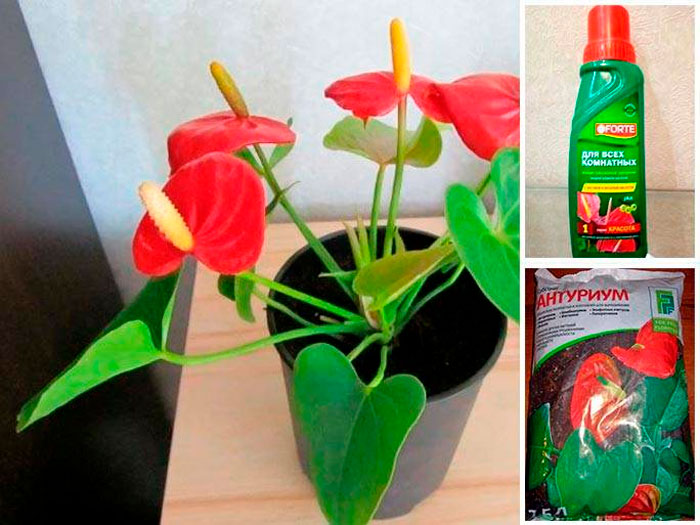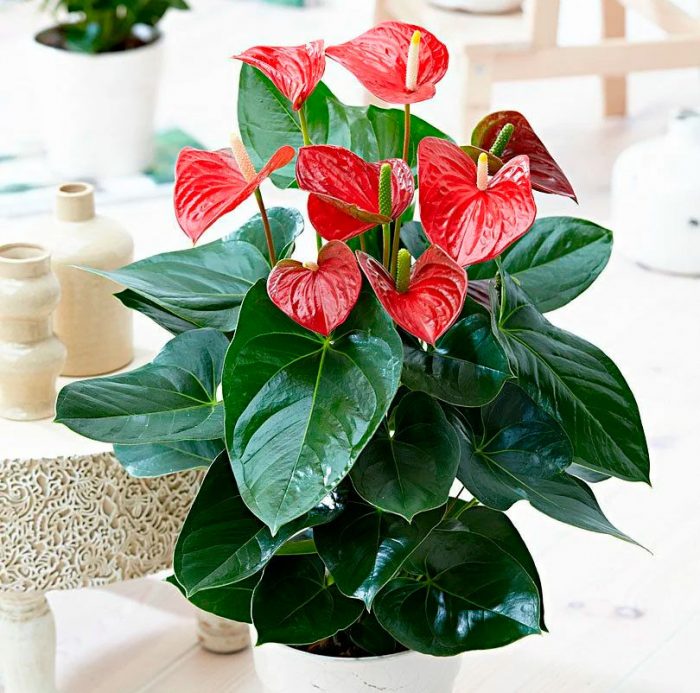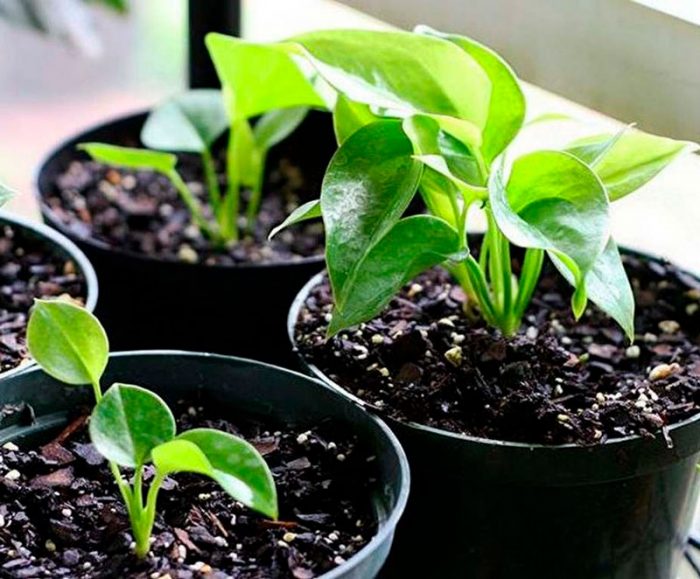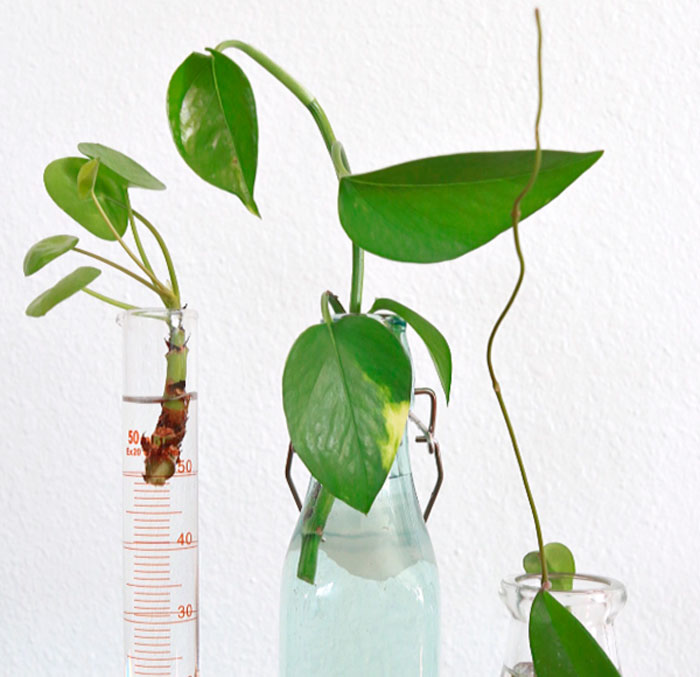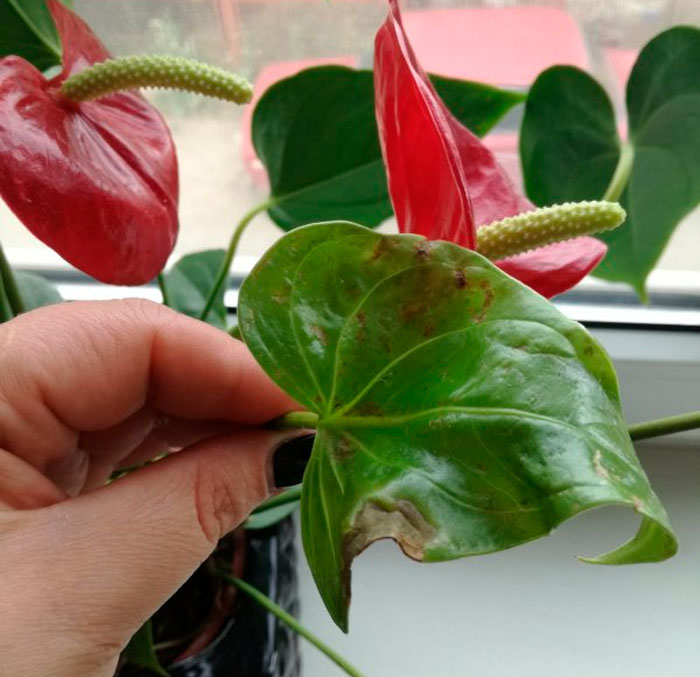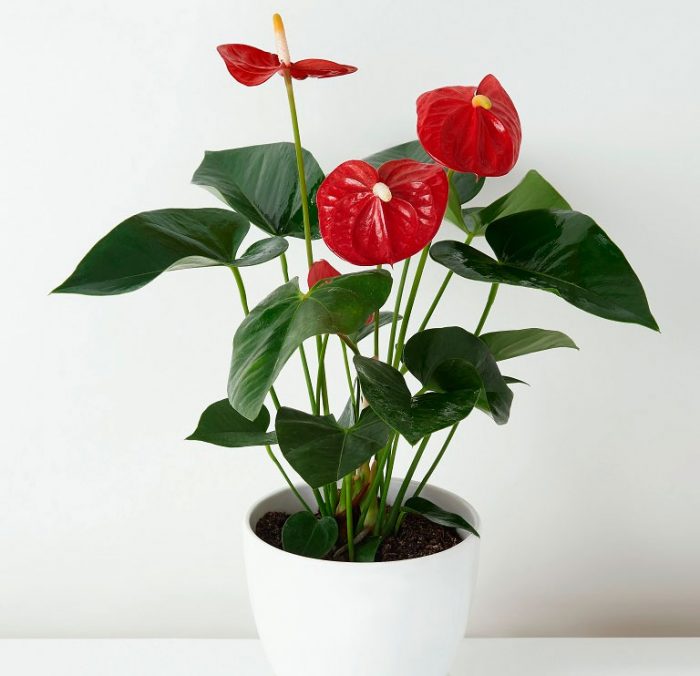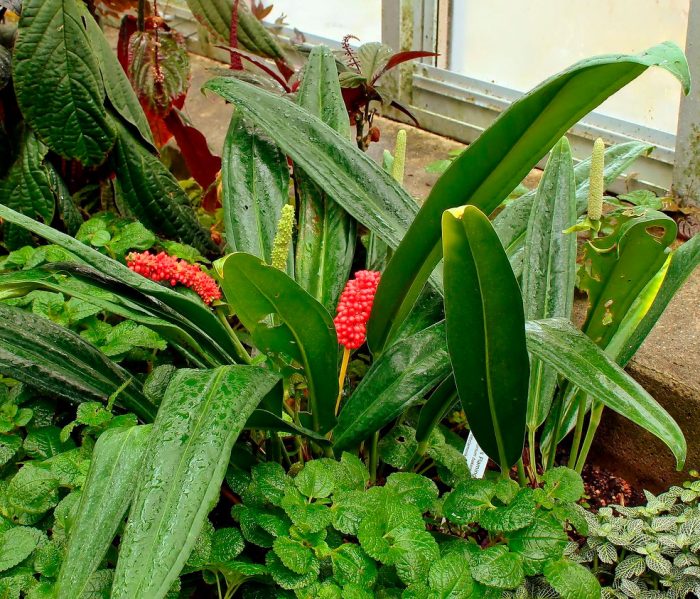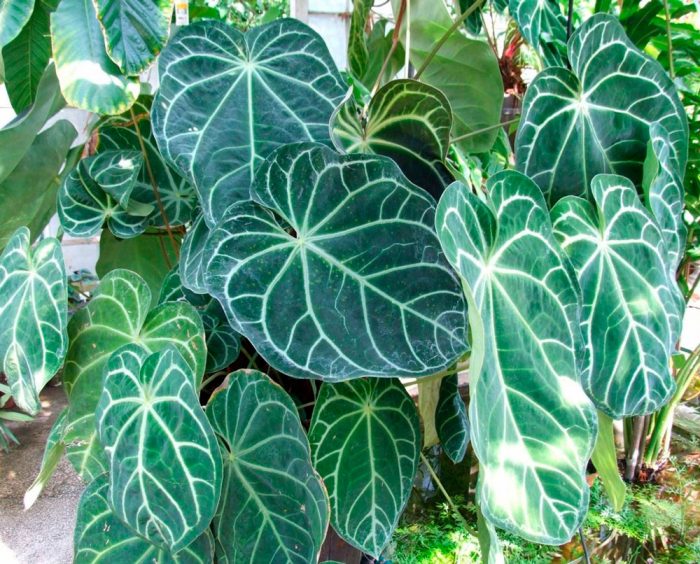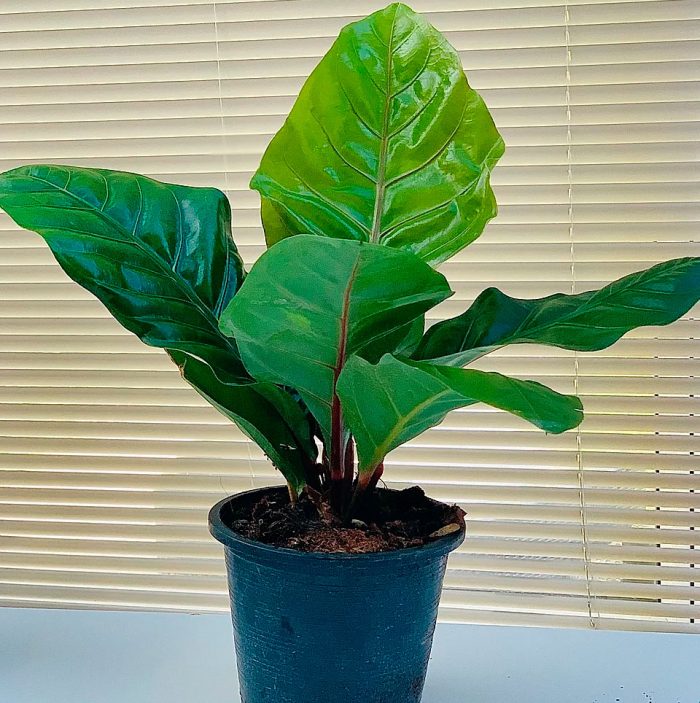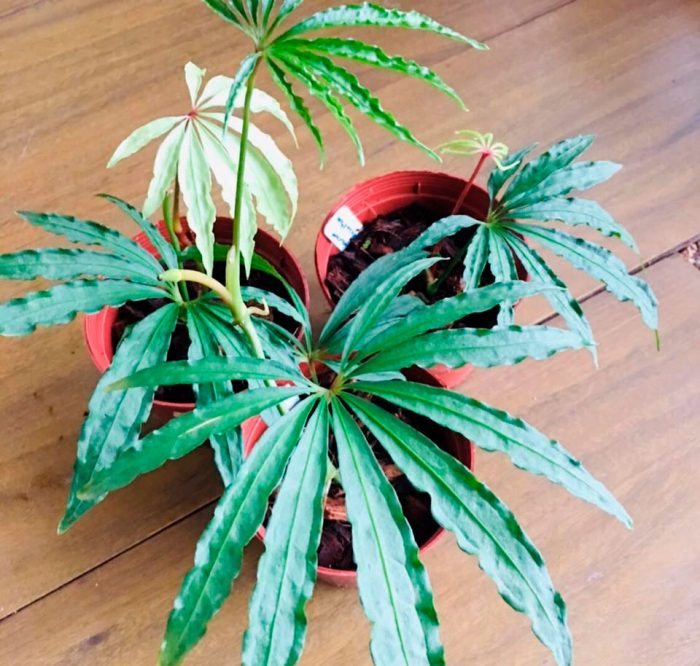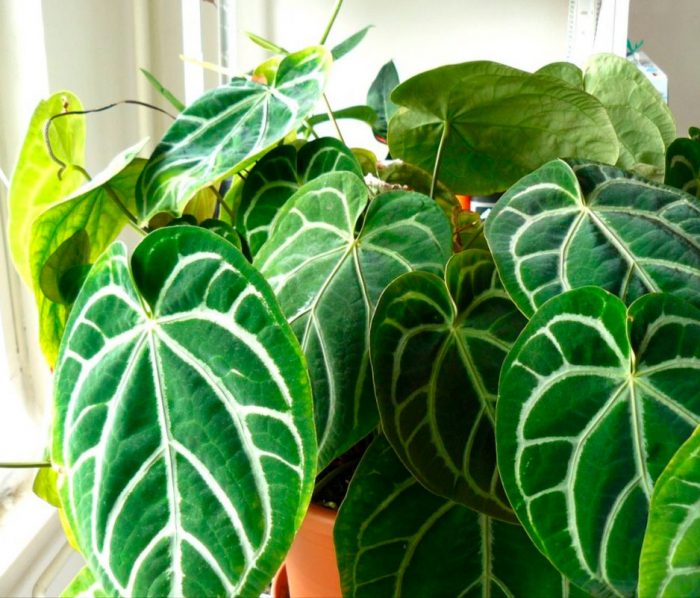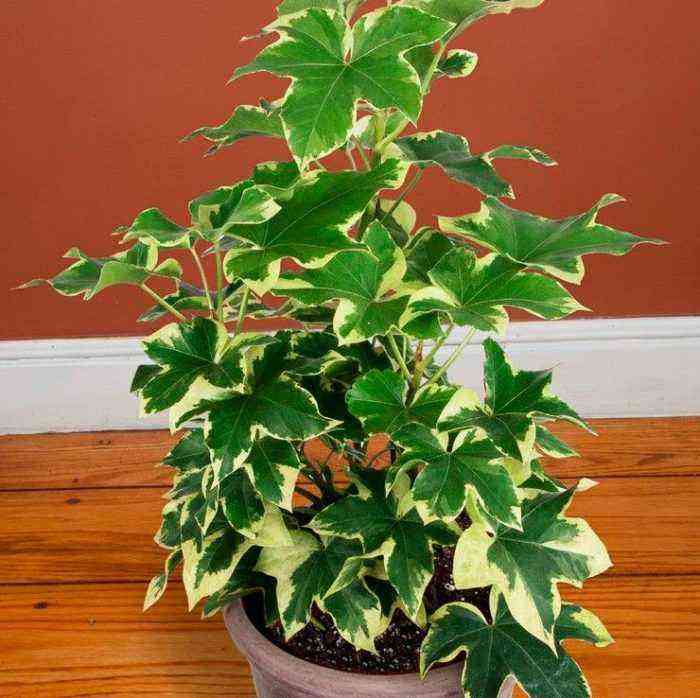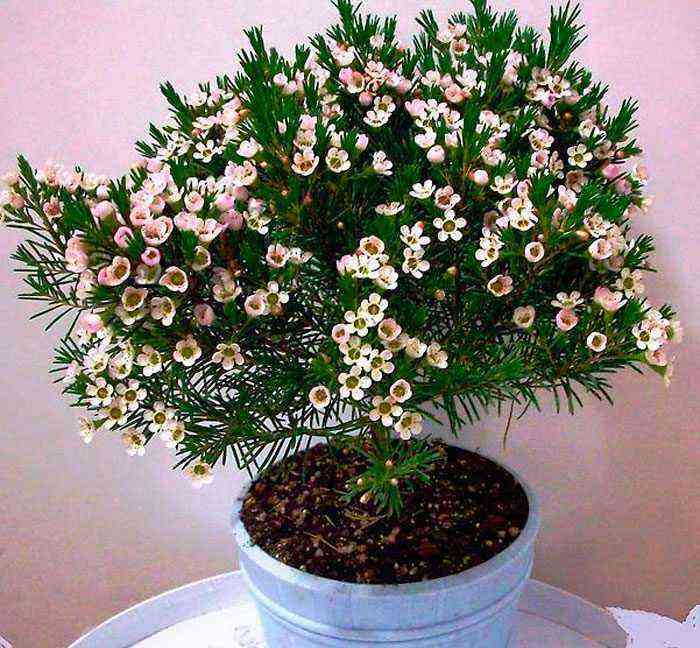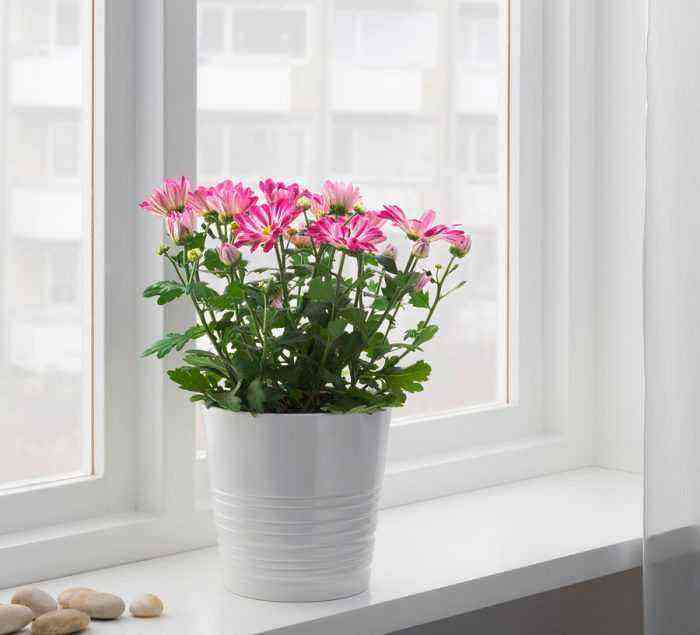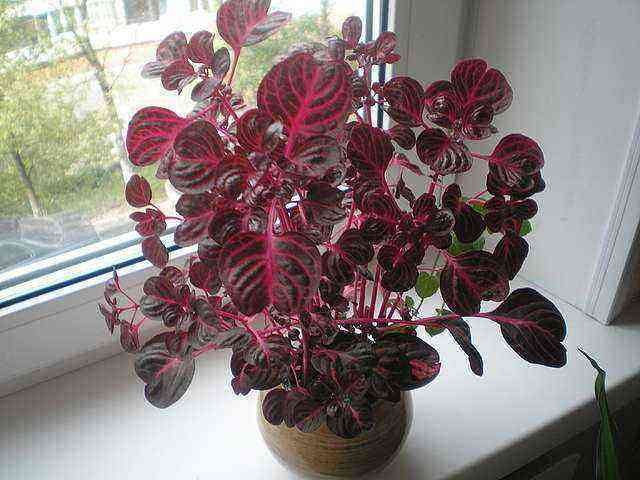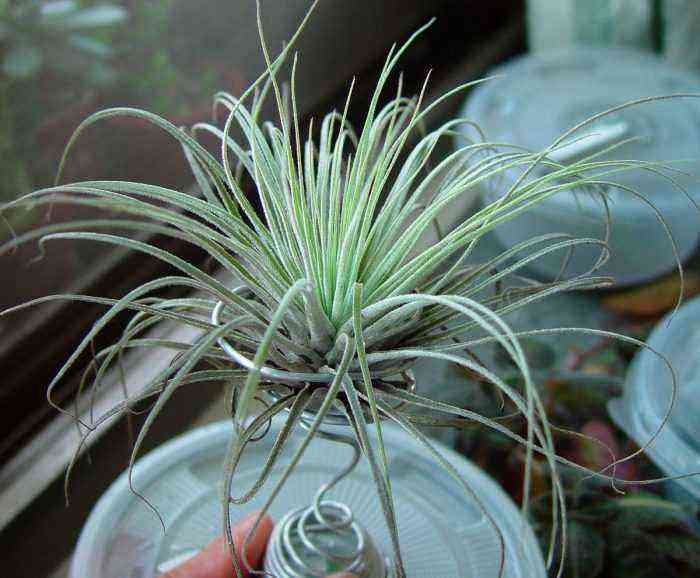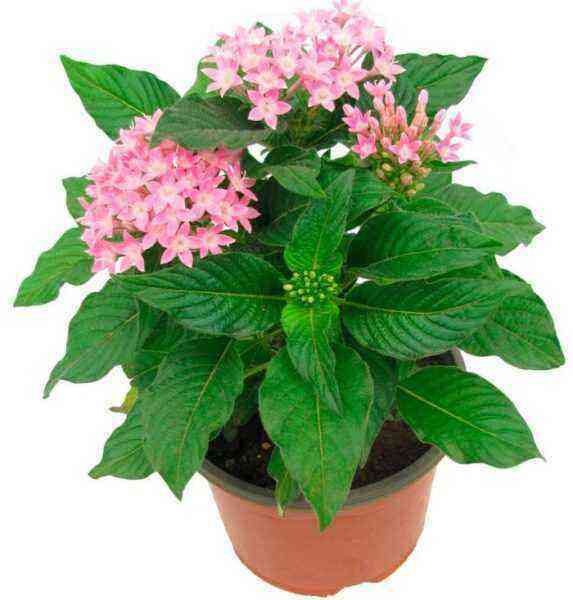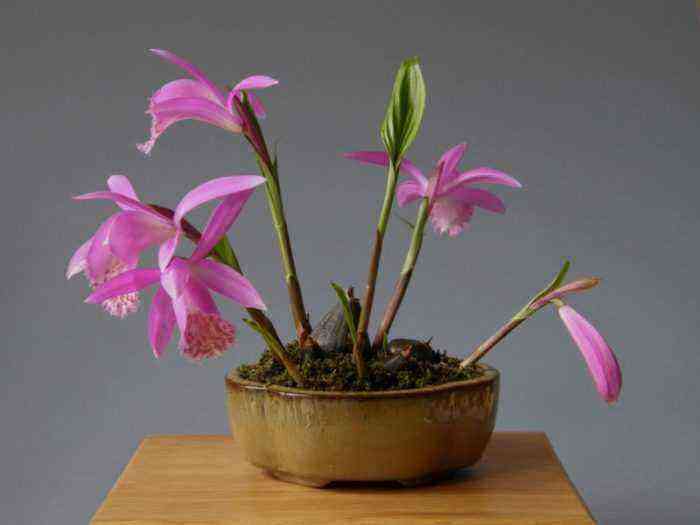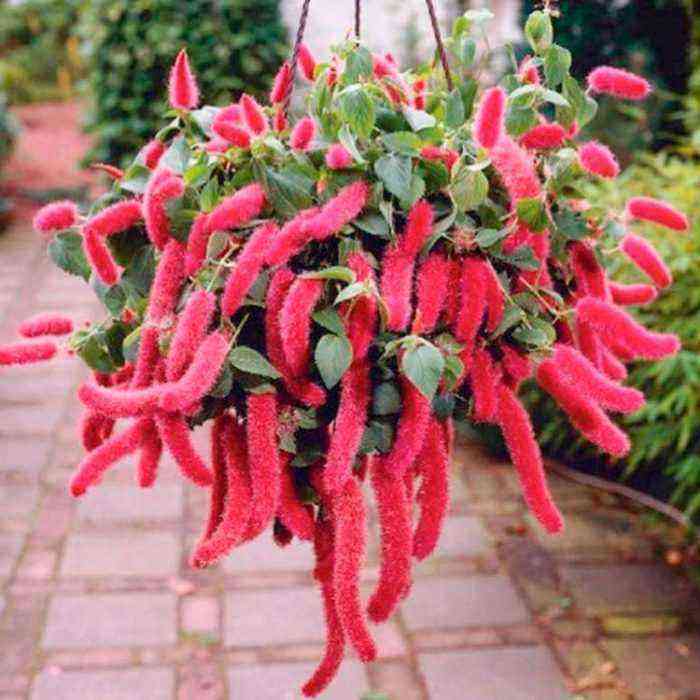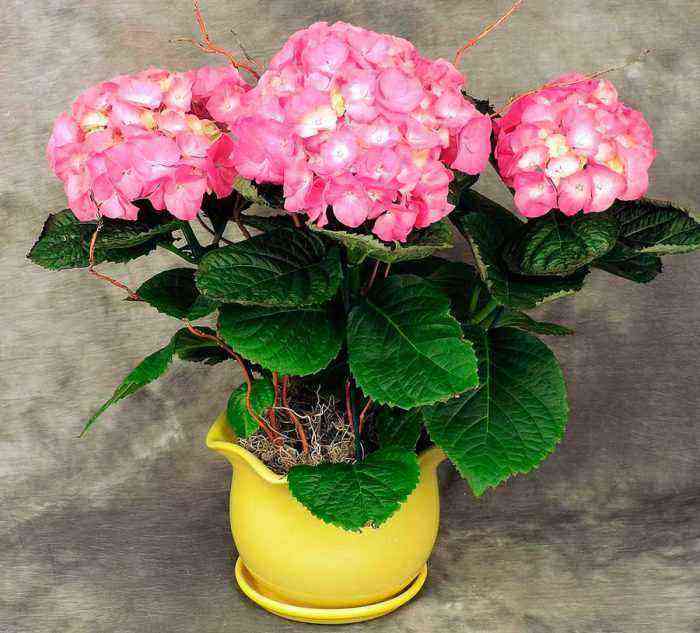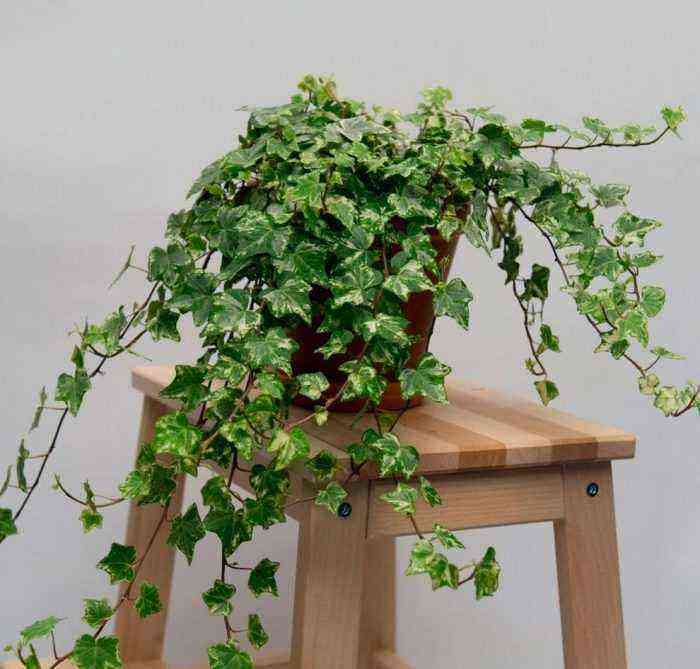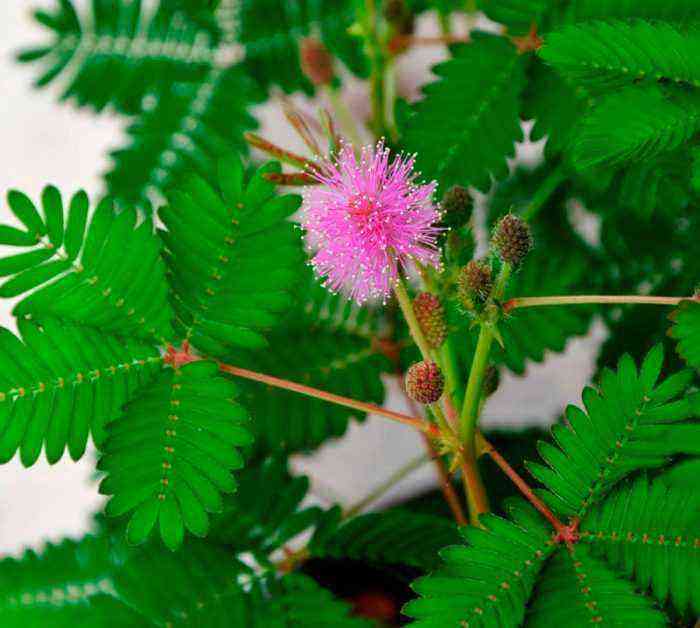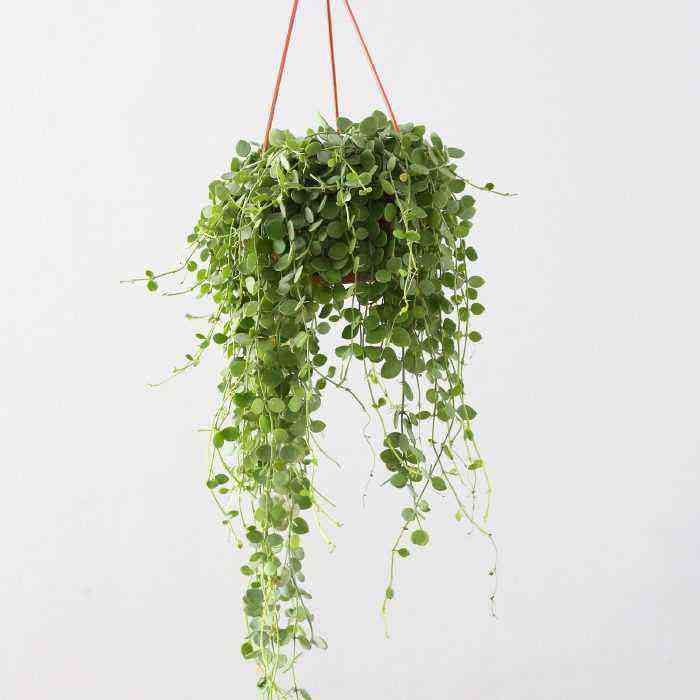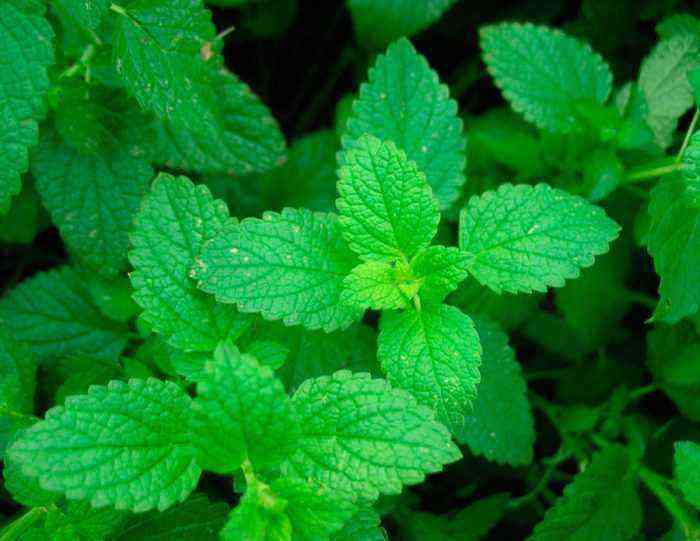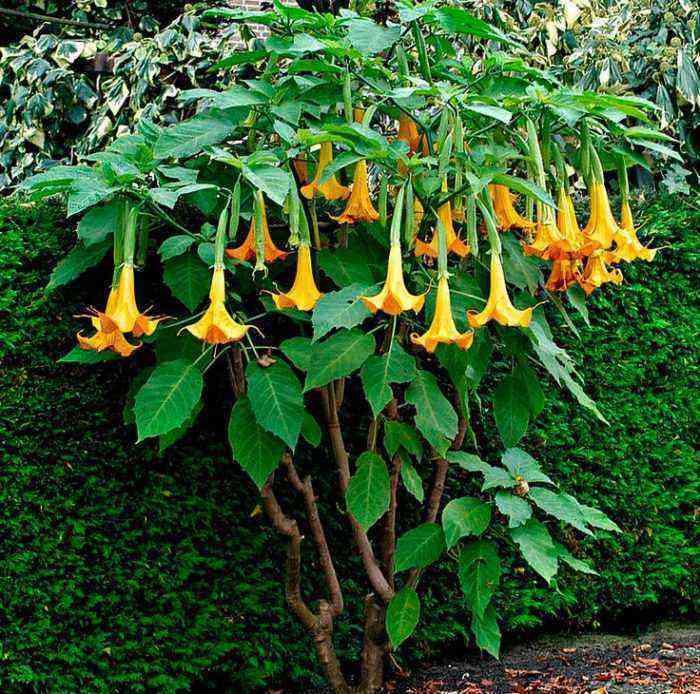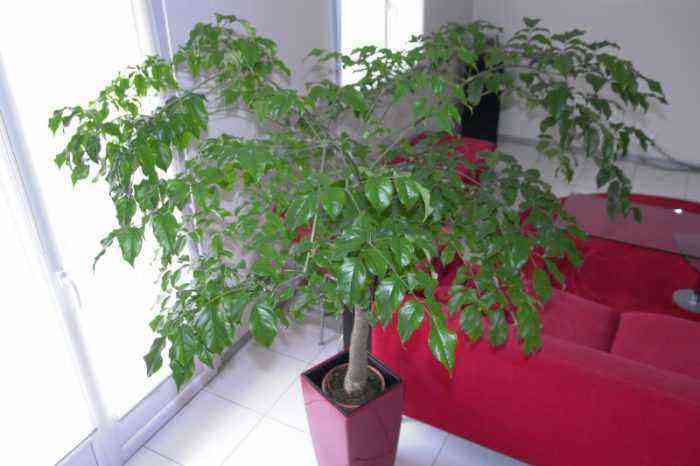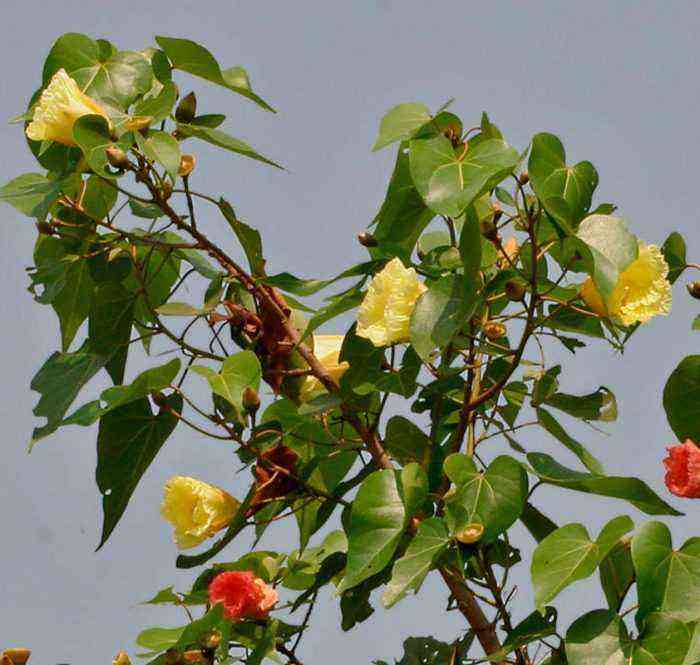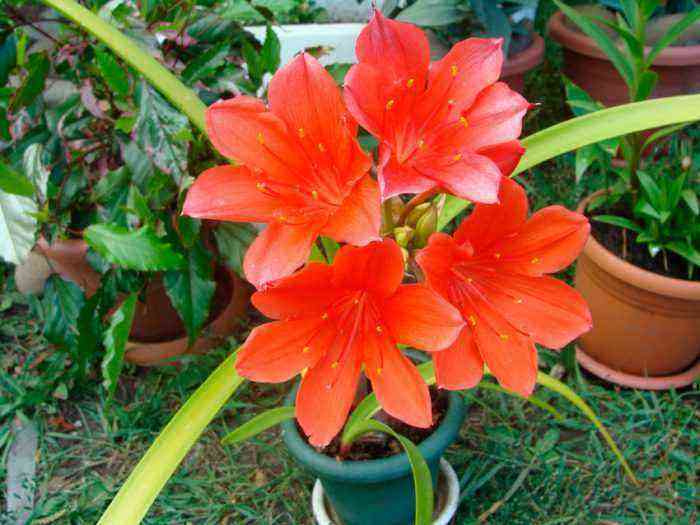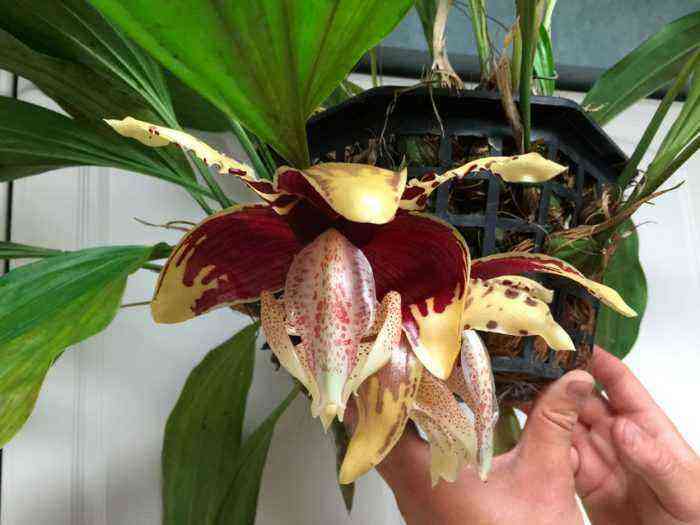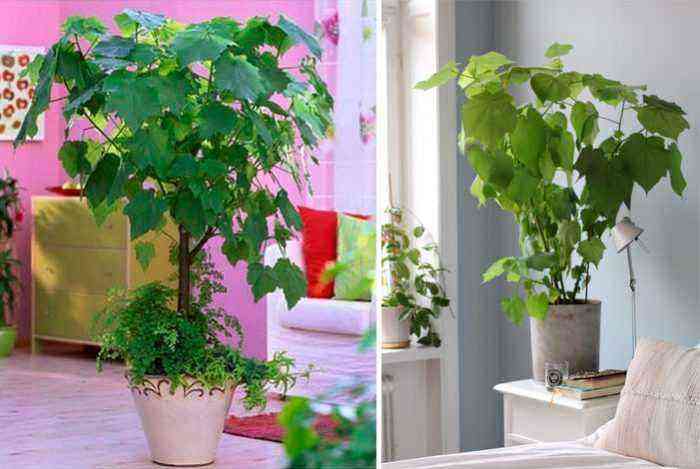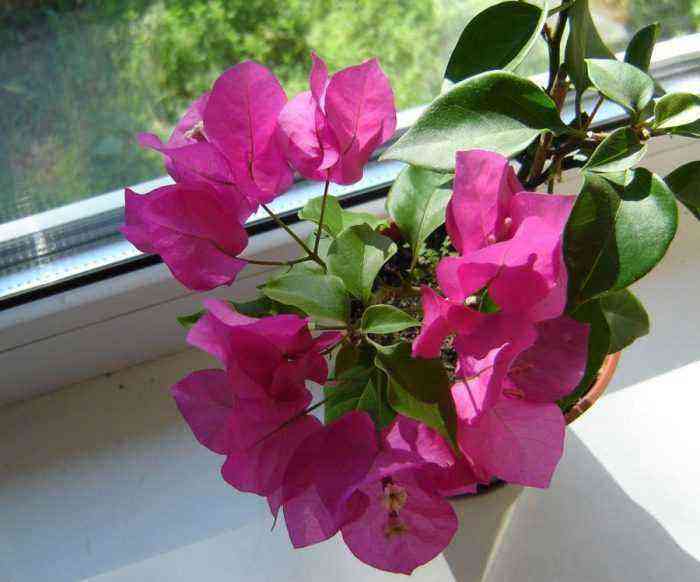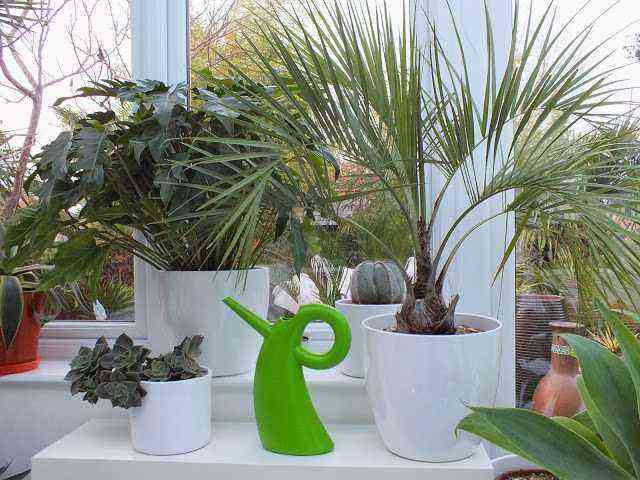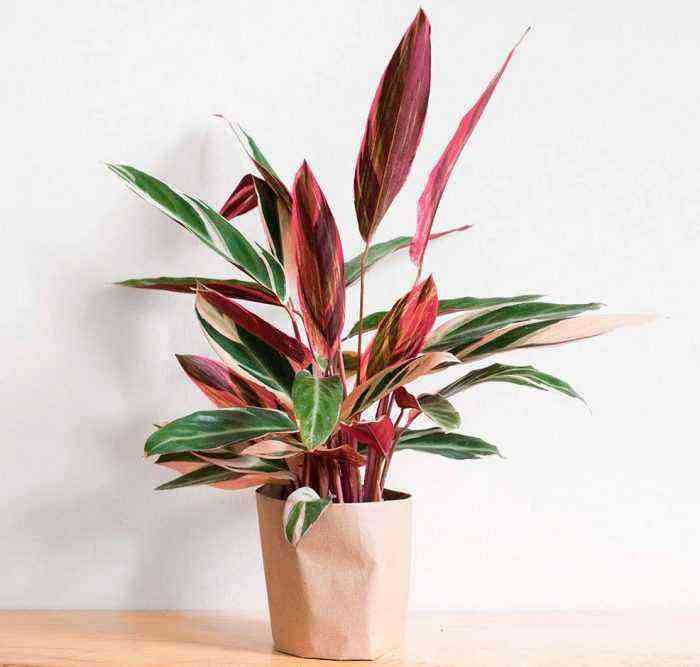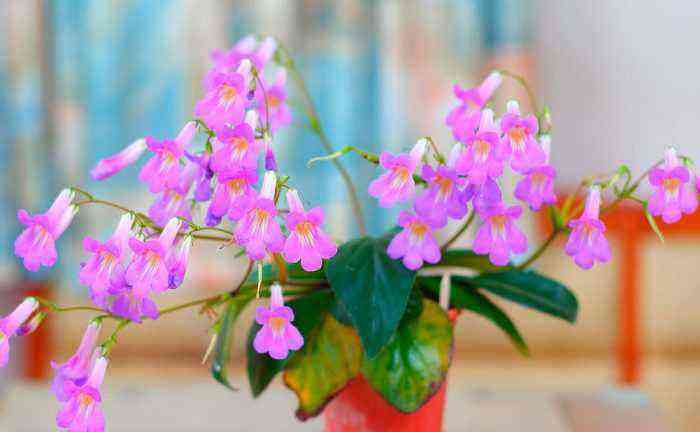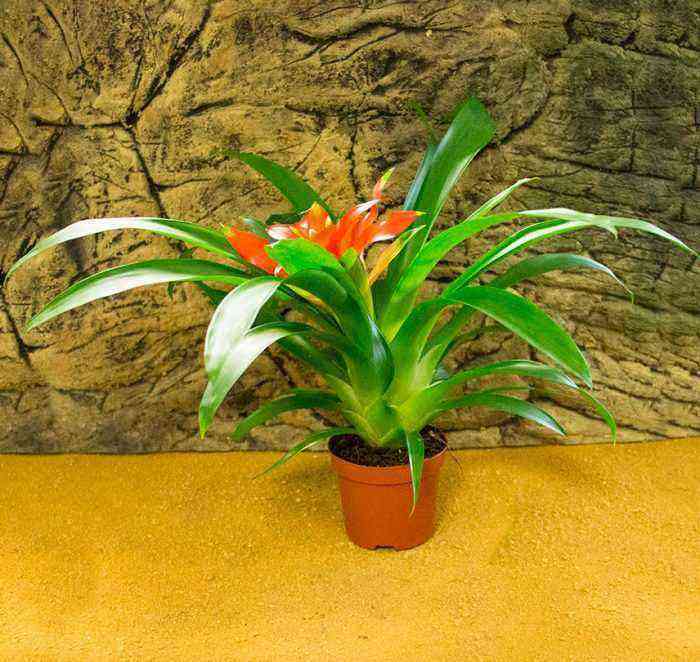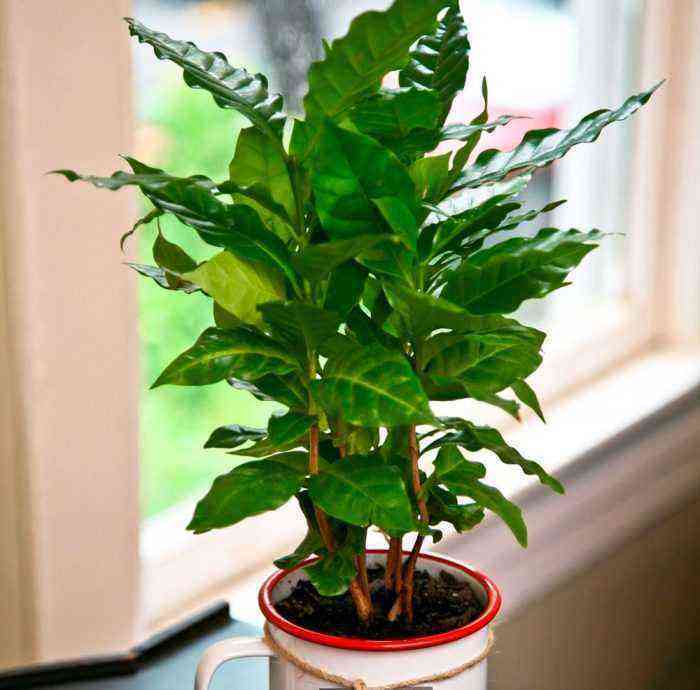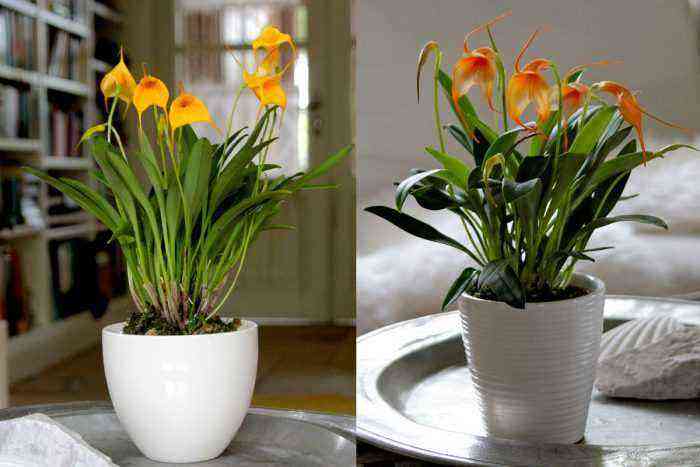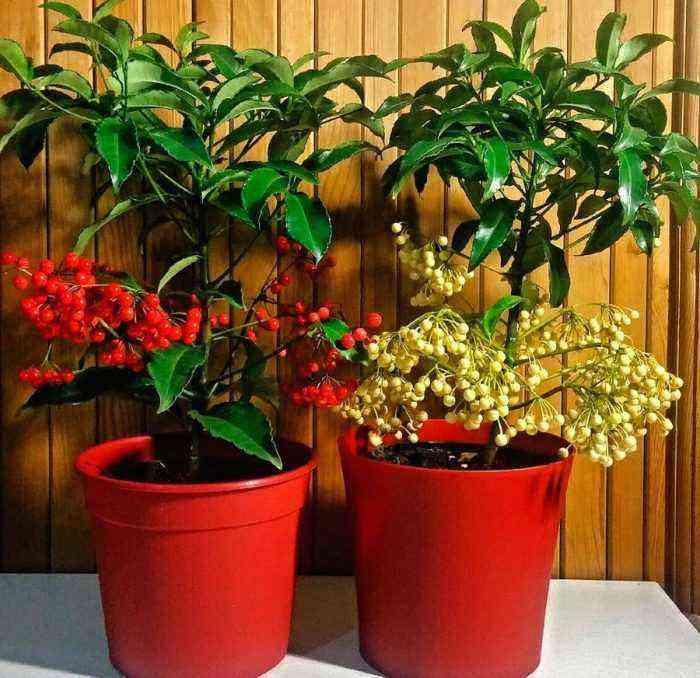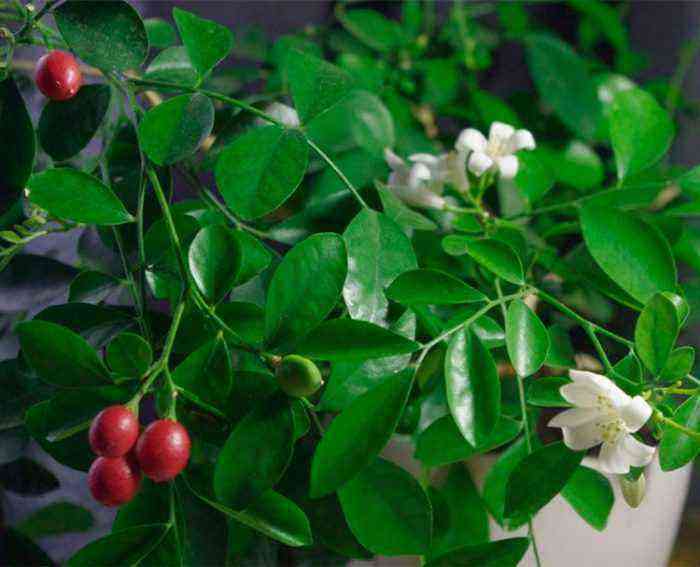The Anthurium plant is part of the Aroid family, and most of the species of this genus are epiphytic plants. Among anthuriums there are also vines, herbaceous plants and semi-epiphytes. Under natural conditions, such a plant is mainly found in South and North America in the subtropics and tropics.
The name of the anthurium consists of two Greek words “anthos”, which means “flower”, and “oura” – “tail.” This is due to the structure of the flower, the fact that it is represented by an ear with a blanket leaf. The flower can be painted in various shades, for example: white, blue, red and others. Leathery leaf plates can be dissected or whole, with a pattern or one-color, large or small (depending on the species and variety).
In the Aroid family, anthurium is one of the most popular plants in culture. At the same time, it is cultivated both at home and in the open field, and it is also grown specifically for cutting. As a result of the work of breeders, more than a hundred different hybrids of this plant were born. In indoor conditions, anthurium is cultivated both as an ornamental deciduous and as a flowering plant.
Brief description of cultivation
- Flowering . Blooms in February and fades in November.
- Illumination . Needs a lot of bright diffused light and protection from direct sunlight.
- Temperature conditions . In the spring-summer period – from 22 to 28 degrees, in winter – around 16 degrees. Please note that Scherzer’s anthurium in winter should be at a temperature of 12 to 14 degrees.
- Watering . During the growing season, the soil mixture in the pot is moistened abundantly, immediately after it dries ½ part in depth. At the end of the growing season, the bush is watered moderately.
- Air humidity . Should be increased – about 90 percent. Experts advise, systematically rinse the leaf plates with a damp sponge or soft cloth, and also spray from a spray bottle. Also, expanded clay or pebbles should be poured into the pallet and a little water should be poured.
- Fertilizer . In the spring-summer period, the plant is fed once every 15–20 days, using a mineral complex for this, while the dosage should be half the amount recommended by the manufacturer. Also, foliar feeding is carried out every 10-15 days.
- The rest period . From mid-October to early March.
- Transfer. The best time to transplant is February and March. However, from April to August, the flower can also be transplanted, but only in an emergency. While the bush is young, it needs frequent transplantation (once a year), and more mature plants are subjected to this procedure once every 2 or 3 years.
- Land mixture . Well breathable and loose. Composition: peat, turf soil and chopped sphagnum (2: 1: 2).
- Reproduction . By cuttings and seed method.
- vermin . Scabbard, aphids and spider mites.
- disease . Anthurium can get sick due to stagnation of water in the substrate, lack or excess of fertilizers in the soil mixture, violations of the rules of care or inappropriate conditions.
- <font><font>Materials</font> </font> . The plant contains poison .
Anthurium care at home
Illumination
Anthurium grows well on the western or eastern windowsill. The fact is that it needs a very bright and diffused light. A bush can grow on the northern windowsill, but, as a rule, it does not have enough light there. If you decide to put the flower on the south window, then you will have to shade it from the direct scorching rays of the sun, for this you can use tulle, newspaper, etc. Instead, you can put it away from the window, deep into the room.
Temperature conditions
Anthurium belongs to thermophilic crops. In this regard, in the spring and summer period, it must be kept in a warm place (22-28 degrees). Make sure that the room at this time is not colder than 18 degrees, as this can cause the development of diseases. From the beginning of autumn to the end of winter, the bush is kept in a cool place (about 16 degrees). At the same time, Scherzer’s anthurium is kept in a colder place for two months – from 12 to 14 degrees. In transitional periods, the plant must be gradually accustomed to a decrease and an increase in air temperature. Remember that anthurium reacts extremely negatively to both sudden temperature changes and drafts.
Irrigation watering
During the period of active growth of the flower, it needs regular abundant watering, which should be carried out only when the soil mixture in the container dries out to half the height. You need to water with well-settled and soft water (rainwater is great). Remember that such a plant will tolerate a slight drought much better than regular stagnation of liquid in the soil mixture. Excessive moisture can lead to rot on the root system. After 20-30 minutes after watering, be sure to drain the excess liquid from the pan, which is glass.
Air humidity
The plant needs high humidity (about 90 percent). If the air in the room is too dry, then this can slow down the development of the bush.
Антуриум нуждается в регулярных гигиенических процедурах. По мере необходимости с поверхности его листовых пластин необходимо удалять пыль и грязь при помощи увлажненной губки или негрубой тряпочки. В весенне-летний период увлажняйте листву из пульверизатора отстоявшейся нехолодной водой. Это позволит ускорить рост и развитие куста. Помните о том, что во время опрыскивания вода не должна попадать на поверхность цветков, так как из-за этого на них образуются пятнышки, что портит внешний вид растения.
Для поддержания высокого уровня влажности цветочный горшок вместе с антуриумом необходимо поставить на глубокий поддон, наполненный керамзитом или галькой. В него вливают небольшое количество воды (дно горшка не должно соприкасаться с жидкостью).
Fertilizer
For good growth, the flower needs systematic feeding. For this, a complex mineral fertilizer is used, and the dosage should be half that indicated on the packaging by the manufacturer. Top dressing is carried out only in the spring-summer period with a frequency of once every 2-3 weeks. Instead of usual dressings, some growers use foliar (leaf), they should be carried out 1 time in 1-1.5 weeks. The plant responds well to organic feeding, but it is quite difficult to use such fertilizer at home. For example, you can use half-rotted horse or cow manure, fermented mullein, leaf humus, or chicken manure infusion.
Flowering
Для того чтобы стимулировать закладку бутонов, а значит и пышное цветение, растение в период покоя на протяжении 1,5–2 месяцев следует держать в прохладе (от 14 до 16 градусов). При соблюдении всех правил ухода кустик будет радовать цветовода своими эффектными цветками с последних дней мая и практически до начала сентября. При этом часть гибридов антуриума Андре могут цвести практически в течение всего года.
Для более продолжительного и пышного цветения следует своевременно обрезать начавшие увядать соцветия. Благодаря этому куст не будет тратить на них силы, а направит их на развитие новых соцветий. В том случае, если вам нужен семенной материал, тогда понадобится провести искусственное опыление. Для этого мягкой кисточкой возьмите пыльцу с одного цветка и перенесите ее на другой.
In the event that you cut off inflorescences that are not fully formed, then they can stand in the vase for about five days. If you cut off fully formed flowers, then they will delight you with their beauty for 20–35 days.
Anthurium transplant
The transplant is carried out at the very beginning of the growing season (from February to March). If absolutely necessary, it can also be carried out in March – August. Anthurium is transplanted with great care, since its leaf plates and roots can be easily injured. While the bush is young, it is transplanted every year, and each time they take a new pot 10–20 mm in diameter larger than the old one. Adult specimens are subjected to this procedure only as needed, for example, the roots have ceased to fit in the pot. On average, they are transplanted once every 2 or 3 years.
A plastic pot is well suited for planting a flower, because in a ceramic container the air temperature in the room and the substrate are almost the same. Also, the pot should be long, but not very wide. At its bottom, it is imperative to make a good drainage layer; for this, small pieces of brick are used. This will avoid stagnation of liquid in the soil mixture. Also, experts advise, overlay the air roots with moss, while ensuring that it is always moist.
A well-drained and loose soil mixture is used. The composition of the substrate can be as follows: chopped sphagnum, sod soil and peat (2: 1: 2). You can use a substrate of sand, peat and deciduous soil (1: 1: 1), and it is also recommended to add a small amount of small pieces of charcoal and coniferous bark to it. Some growers grow anthurium just in one bark, but in this case, the bush must be systematically fed.
You can also use a substrate of pine bark, expanded clay and coarse peat. You can also use a mixture consisting of pine bark (30 to 50 mm in diameter), half-rotted horse manure, pumice (10 to 30 mm in diameter) and coarse peat (2: 1: 2: 1). If desired, during each transplant, you can change the composition of the substrate.
Methods of reproduction
Cultivation from seeds
To grow anthurium from seeds, you first need to collect them. The fact is that the seed material of such a plant quickly loses its germination, so sowing is recommended immediately after collection.
Seed formation occurs only if artificial pollination has been carried out. To do this, take pollen on one ear and transfer it to another. It is recommended to carry out this procedure several times with a break of 2 days.
The fruit is a berry with seeds inside. It takes 8-10 months for the seeds to fully ripen. When this happens, they are pulled out of the fruit, washed thoroughly, and then immersed in a pinkish solution of potassium manganese.
Для высева семян небольшую емкость наполняют легкой рыхлой почвосмесью, поверхность которой засыпают тоненьким слоем перлита. Равномерно распределите по ней семенной материал и лишь слегка вдавите его в субстрат. Сверху посевы укрывают пленкой или стеклом, при этом следят за тем, чтобы температура воздуха постоянно была около 22 градусов. Первые сеянцы должны показаться спустя примерно 15 дней.
The picking of plants is carried out after they have formed one pair of true leaf plates. For this, a light soil mixture is used, which should consist of leaf or coniferous soil, mullein, charcoal and high peat. As they grow, they still have to dive once or twice into larger pots. The first flowering can be seen after 2 years, but the flowers will be weak and not fully developed. Normal flowering is observed only in the fourth or fifth year of growth, but only if the plant is well cared for. At the same time, André’s anthurium hybrids, as a rule, begin to fully bloom a little later.
Cutting
For faster and easier reproduction of anthurium, apical cuttings or stem suckers are used. If necessary, separate the lateral outgrowth from the parent bush and plant it in an individual container. After the process is separated, inspect the lower part of it. If there are no roots at all on it, or they are underdeveloped, then for a start, it is recommended to root such processes. To do this, they are planted in sand or perlite, watered and covered with a transparent glass jar, a cut plastic bottle, etc. Put them in a warm place (from 22 to 24 degrees) and do not forget to ventilate systematically. Apical cuttings are rooted in the same way.
After the roots appear, the plant is transplanted into a soil mixture, a description of the composition of which you can find in the “Transplant” section.
Toxicity of anthurium
This plant contains a fairly strong poison. Therefore, make sure that pets or small children do not gnaw or chew on fruits and foliage. Anthurium poison can cause the development of food poisoning, diarrhea, vomiting, as well as the appearance of dermatitis and irritation on the skin.
Diseases and pests of anthurium
Diseases
Due to the fact that liquid regularly stagnates in the substrate, rot may appear on the roots of the anthurium. Remember that it is necessary to moisten the substrate only when it dries out to a depth of at least 1/3 part, especially if the room is cool.
Florists quite often encounter drying of the leaf plates of anthurium, and they begin to dry from the edges.
Possible problems
- Lack of flowering . This may be due to disease or the presence of pests. And the bush may not bloom due to violations in the care.
- Yellowing of foliage . If the leaf plates began to change their color to yellow, this indicates that rot has appeared on the root system. To save a flower, you need to act quickly. Remove the shrub from the pot and remove the substrate from the roots. Cut off all decayed parts of the bush, after which it is planted in a new soil mixture. Adjust the watering mode to avoid stagnant moisture in the roots.
- The tips of the leaf plates turn black . There is a lot of calcium in the substrate. Remember that during top dressing, the dosage of mineral fertilizers must be reduced by exactly half.
- Spots on foliage . They are formed due to excessive watering.
- The plant began to dry out . This may be due to either a deficiency or an overabundance of minerals in the substrate. Also, this problem may be associated with poor or too abundant watering. Sometimes the problem can be solved by completely replacing the substrate.
- Twisting of sheet plates . This can happen for a variety of reasons: exposure to direct sunlight, a draft, poor lighting, or too dry air.
vermin
A spider mite or aphid can settle on a plant, but most often a scabbard appears on it.
Types of anthurium with photos and names
Anthurium andraeanum
Such an epiphytic plant is found naturally in the mountain forests of Ecuador and Colombia. There are air roots, while the stem is short. Large glossy rich green leaf plates have a petiole and a heart-shaped shape. The leaves are about 20 centimeters wide and up to 40 centimeters long. During flowering, a large cylindrical ear of cream, white or light yellow hue is formed. Its length can be up to 10-15 centimeters. A large glossy leathery bedspread has a heart shape, its color is rich and can be salmon, red, white, pink, etc. Duration of flowering is about 6 weeks. When the bush fades, the bedspread will have a pale green tint. This species has a large number of varieties and hybrids.
Anthurium bakeri
Such an epiphyte has a short stem and belt-like narrow long leaf plates (about 10 centimeters wide and up to 50 centimeters long). The front surface of the leaves is green, and on the back there are brownish-red dots. Peduncle height is from 10 to 30 centimeters. At the top, a cob is formed of a pale cream shade, the length of which is from 5 to 10 centimeters. The edge of the pale yellowish-green bedspread is lilac, it itself is leathery, up to 25 mm wide, and up to 50 mm long. Small berries have a deep red color.
Anthurium magnificum
There are both epiphytes and terrestrial varieties. Outwardly, the appearance is similar to the crystal anthurium, but unlike it, the petiole in the section is not round, but tetrahedral. The veins on the foliage are olive, not silver, and there is also a longer veil.
Anthurium hookeri
In nature, such an epiphyte is found in tropical forests. Wide large leaf plates are painted in a deep green color, and there are many black dots on the seamy surface and on the front surface. The leaves have petioles, the length of which is about 15 centimeters (sometimes shorter), as a rule, they have the shape of a triangle in cross-section. Peduncle length varies from 50 to 100 centimeters. The length of a pale purple or light pink ear is about 30 centimeters. The green bedspread is about 5 centimeters wide and up to 20 centimeters long. In white fruits, the upper part is red.
Climbing Anthurium (Anthurium scandens)
The species is represented by a climbing epiphyte, which is distinguished by shade tolerance. Powerful roots are quite thick, the stem can reach a height of about 100 centimeters. Foliage can have different shapes (depending on the variety), it can be oval or lanceolate. Leathery leaf plates have many small black spots on the seamy surface. The length of the peduncle is from 50 to 60 mm, it is painted in a pale red or green shade. The thickness of the yellowish-green ear is up to 0.2 cm, and its length is about 2 centimeters. The length of the greenish bedspread is about 10-15 centimeters, while its width is up to 0.5 centimeters. Depending on the subspecies or varieties, the fruits of such an anthurium can be painted in a pale purple, white or dark purple hue.
Anthurium polyschistum (Anthurium polyschistum)
Such a liana is decorated with finger-dissected foliage. The shape of each of the parts of the sheet plate is lanceolate, and their edge is wavy, 1.5 centimeters wide and 15 centimeters long. In height, the peduncle can reach about 25 centimeters. The length of the cob and the bedspread is the same and is about 10 centimeters. The color of the berries is red.
Crystal Anthurium (Anthurium crystallinum)
The caudex of this epiphyte is short and can be located underground. The leaf plates, velvety to the touch, have a petiole, they are painted in a dark green hue, about 20 centimeters wide, and up to 40 centimeters long. There is a glossy silvery vein on the front surface of the sheet. The height of the peduncle is about 50 centimeters. An ear about 25 centimeters long is formed on it, as well as a green-purple blanket, which is about 2 centimeters wide and up to 10 centimeters long. The fruits are purple in color.
Anthurium scherzerianum
This epiphyte is adorned with matte dark green foliage, leathery to the touch. Its shape can be elliptical or lanceolate (depending on the variety), the length of the petioles is 5–20 centimeters. There are many black dots on the front and back surfaces of the plate. Peduncle height 15-50 centimeters. A yellow or orange coiled ear is about 80 mm long. A rich orange-red bedspread has an oval or ovoid shape, its length is about 12 centimeters, and its width is up to 6 centimeters. The fruits are orange-red.
